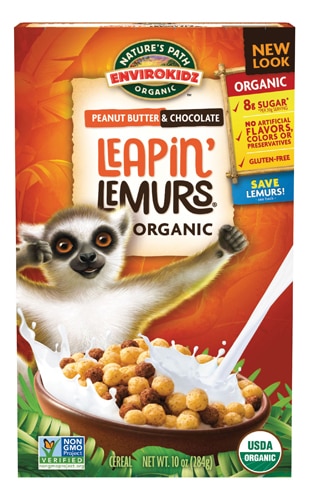For most parents, mealtime skirmishes over vegetables—complete with one or more stubborn children demanding to know exactly why they must eat their greens—are a familiar scenario, and one that may too often end with an exasperated parent uttering those classic words: Because I said so.
What many parents don’t realize is that this very stubbornness stems from the basic need for a child to feel a sense of control over the things in their immediate world, and it’s this need for control that can lead to eating disorders. Intensified by pressure to achieve a media-defined standard of attractiveness, to participate in sports or activities that focus on body image and size, or to simply fit in, eating disorders are showing up in ever-younger age groups, and increasingly affect both girls and boys. Most common are bulimia (extreme overeating followed by purging) and anorexia (an obsession with losing weight).
“The need for control underlies any eating disorder,” explains Nicola St. Mary, a naturopath with Pura Vida Natural Healthcare in Durango, Colorado. St. Mary’s eating disorder patients, some of whom are as young as 7, share a common denominator: They’re struggling for control in their lives. “When parents are making a lot of the decisions for their kids, or kids are internalizing stress, eating becomes a thing that they can control,” she says. “If they can’t express what they’re feeling, or they’re not being listened to, physical purging can take on the additional aspect of also being an emotional purge.”
Forcing them into activities deemed to be “good” for them—think dance, yoga, language lessons, sports and clubs—creates pressure that may have to be internalized, especially if the child feels they haven’t been given a choice. The metaphor of activities being shoved down a child’s throat is a poignant one: The child may equate bringing food back up with clearing something unwanted from his or her life.
Regardless of a child’s age, the signs of an eating disorder tend to be consistent. Behavioral changes may include no longer wanting to go out to dinner or attend parties and other social events that include meals where someone might notice a change in their eating habits. It develops as a coping mechanism, and most often becomes an issue of discipline. A person will become obsessed with calorie counting, of controlling every aspect of eating. A growing sense of emotional disconnection can become part of this—and being young is no protection: bulimia can develop as early as 11, while anorexia can manifest even earlier.
Power sharing
To establish healthy eating habits, St. Mary suggests getting children involved in cooking and shopping at a young age. Have attractive options available—instead of a bag of carrots in the fridge, have an inviting bowl of fresh carrot sticks in plain sight when the fridge door is opened. Explain why one food is better than another, and empower them to make choices.
“You have to be willing to have some flexibility, and to be ready to choose your battles,” says St. Mary. “If they choose the less-healthy option, you have to allow it to happen. Being too strict takes the fun out of eating. Kids won’t die if they eat the occasional ice cream or bowl of potato chips. If parents can hold their kids’ choices with respect, they can go a long way toward successfully influencing their children’s food decisions. For instance, you can insist that they eat breakfast, but you can let them choose a cereal that they like.”
Parents may worry that if their kids eat unhealthy foods while young, they’ll always make poor food choices. More likely than not, explains St. Mary, a young child’s food rebellion is simply the very normal psychological process of a child establishing himself as separate from you; if you don’t allow this natural process to occur, eating disorders can develop out of a desperate need to have some degree of autonomy and control. She acknowledges that it can be a tough call between being too restrictive, and trusting that they will ultimately be OK. Give them the information they need about eating well, she advises, and trust that they will eventually make healthful choices because you’ve planted the seeds that will allow them to do so.
Does your child have an eating disorder?
If you’re worried that your child is showing the signs of an eating disorder, take a look at what’s happening in her life. “Ninety-nine out of 100 times, it’s about stress, control and issues that don’t have another outlet,” says St. Mary. Get a therapist involved, and start looking for other ways for your child to exert control. Your child may express fear at the notion of letting go of this area of control. “An eating disorder can be scary, as can any self-harm behavior,” St. Mary points out. “Encourage your child to talk to you about her stress, and how you can support her. Remember that the child will be scared too.”




